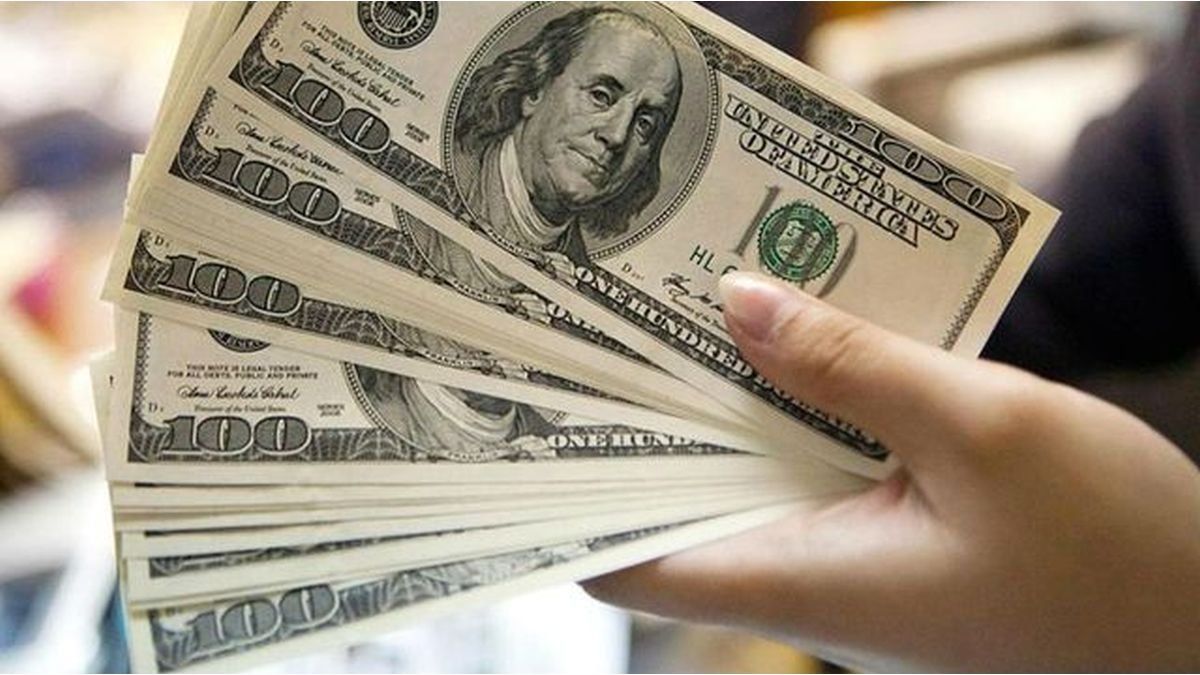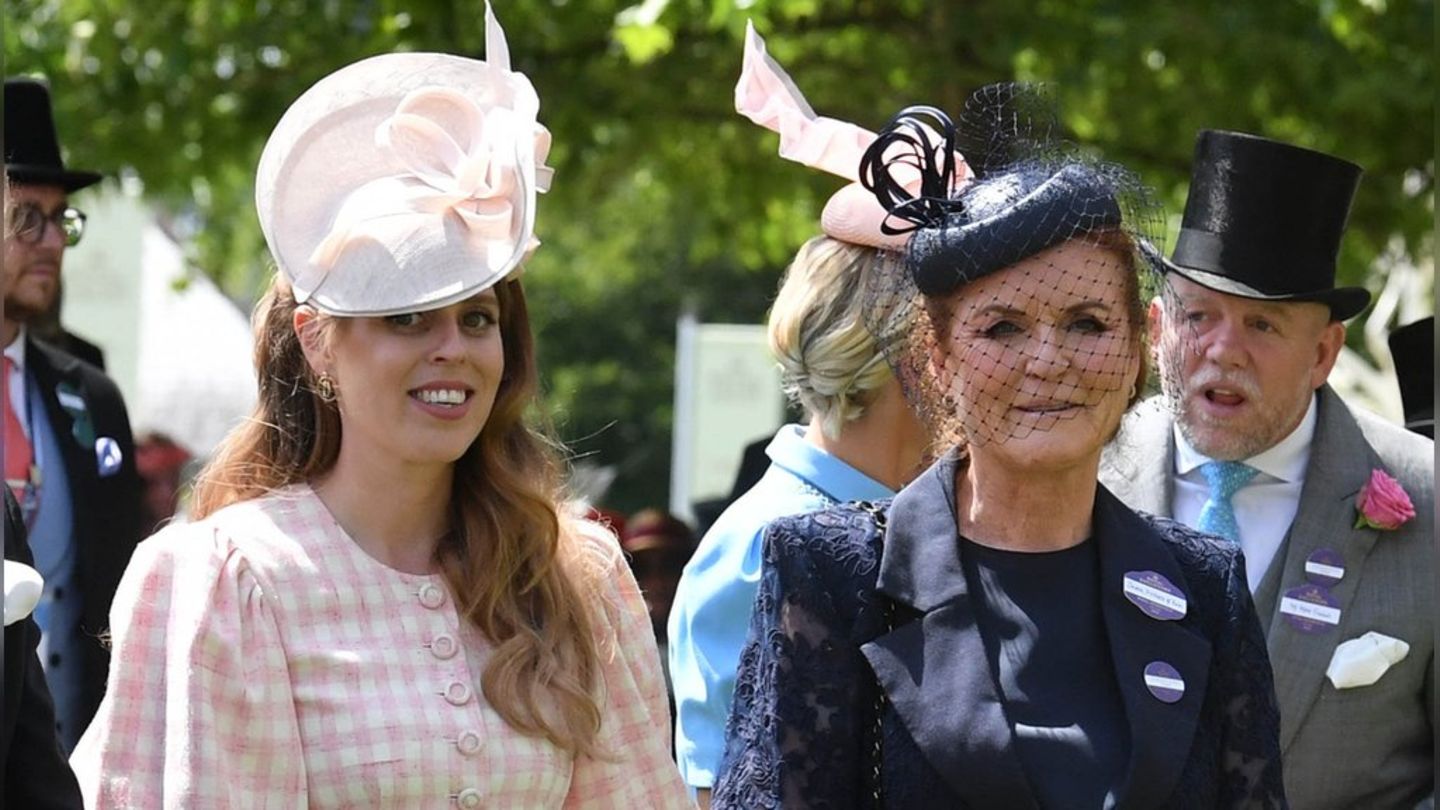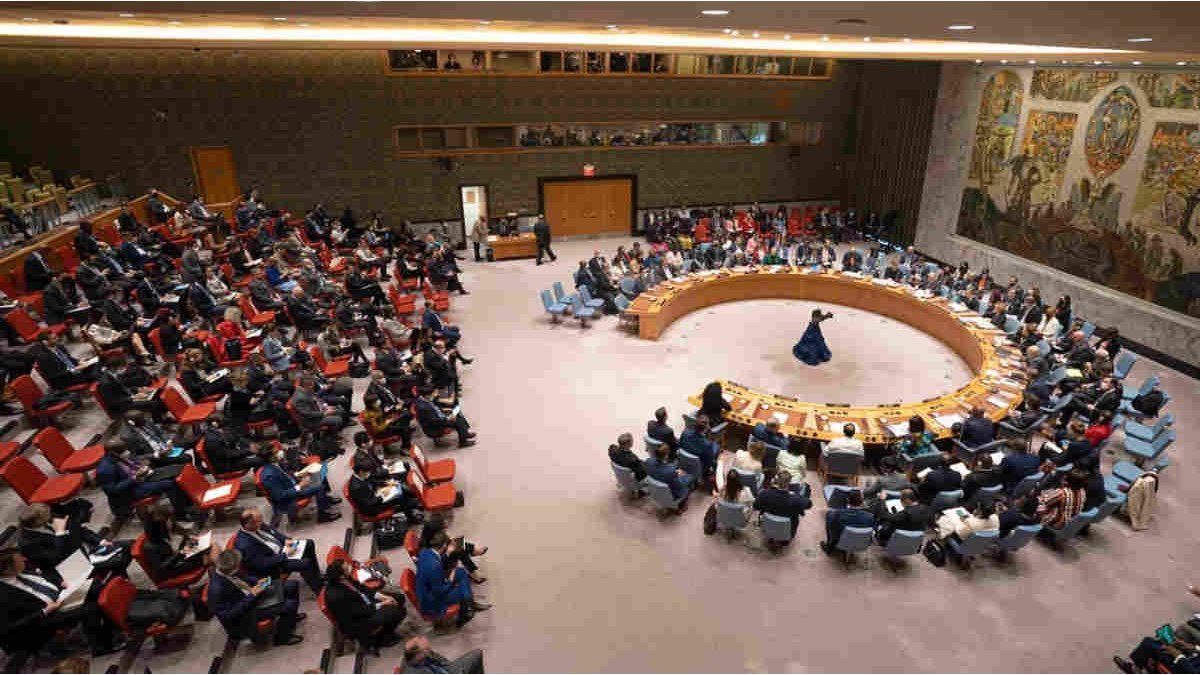The inflationary inertia is once again leaving behind the policy of daily microdevaluations (crawling peg) carried out by the Central Bank (BCRA)which, in January, depreciated the peso by 5.5% per month, the same as in February, against 6% inflation registered in the first 31 days of the year and 6.6% seen in the following 28. In March, meanwhile, he accelerated the devaluation up to 6% and, although the official data is not yet known, everything would indicate that it did not reach the price indexing level either, which is estimated to be between 6.7% and 7% for the third month of the year. In this context, analysts in the City are beginning to analyze how the BCRA will continue to adjust the official exchange rate this year.
The official wholesale dollar is trading at around $211.70 and the expectation is that, starting in April, the inflationary trend will subside and remain around 6% from April until the end of the year, according to the forecasts of the Survey of Expectations of Market recently published by the BCRA. However, the economist from the University of Buenos Aires (UBA) Pedro Gaite tells Ámbito that he does not expect that “there will be major changes to the exchange rate policy with respect to what has been happening.”
It indicates that, beyond the delay observed in recent months, we have been seeing a nominal exchange rate running at a rate similar to inflation to avoid an appreciation of the official exchange rate. Gaite points out that abandoning this policy and going towards a generalized devaluation “could generate problems in the economy, especially in the current context of lack of dollars”, which is aggravated by the drought.
Treasury policy: an indication for BCRA rates
For his part, Invecq economist Juan Pablo Albornoz comments that “the Treasury kept raising rates in the primary tenders, since it placed non-indexed Discount Bills (LEDEs) at an average effective annual rate (TEA) of 124% in March” and explains that, taking into account this precedent, under the current scheme with which the BCRA defines the monetary policy rate, the Treasury rates validated in primary bids make the broker ceiling.
Thus, for Albornoz, the fact that the Treasury has raised the rate gives him margin to the Central to raise again the yields of the LELIQs, that of the fixed terms and that of the passes. And, on the other hand, it ensures that, in the face of inflation that accelerated in March and an inflationary outlook that is much more deteriorated than some time ago, it is quite possible that the financial regulator will once again raise rates (which today are at 113.3% of TORCH). “If this happens, we may also see an acceleration of the crawling peg,” he anticipates.
However, he also points out that it is unlikely that the crawling peg it speeds up too much and you don’t expect it to run above rate. Therefore, it ensures that we will probably see a rise in rates ahead and an acceleration in the rate of devaluation of the peso that will continue to lag behind the rate (which is currently 6.4% per month).
Soybean dollar 3, a key variable
In this context, the director of CyT Asesores Económicos Camilo Tiscornia believes that the key to the evolution of the official exchange rate in April will be the program soybean dollar 3. “How it works will be central to determining if this month can be similar to past years”, since it is usually a time when exchange rates calm down and financial calm. However, he warns that this year, with the drought, it appears more complex in that sense because the income of dollars will decrease.
“So, without the soybean dollar, things would be quite complicated. If the proposal is successful, more dollars will come inbut they will follow the controls on imports also because the countryside suffered a lot and imports were already advanced with the previous programs applied to grain exports”, says Tiscornia.
In this scenario, without a doubt, the different exchange rates and the controls for access to the dollar give the Government room to avoid a sudden devaluation jump. This is how Gaite puts it, who hopes that “the management of the external restriction will be carried out through import controls, rather than with a greater devaluation.”
Thus, as Lorenzo Sigaut Gravina, an economist at Equilibra, puts it, the official dollar must closely follow the inflation. Above all, in a year like the current one, with a great shortage of foreign currency and, furthermore, an electoral one, in which there is always dollarization due to coverage.
He agrees with his colleagues in pointing out that “The idea of the Government is to take advantage of this time of yearwhich is strong for the coarse harvest, with the soybean 3 dollar and agriculture, which is an element that aims to boost the income of dollars”.
These are measures that seek to avoid an exchange jump before the elections, in a context in which we are with low net reserves, and which, without a doubt, will set the rate of evolution of the official dollar throughout this year, in view of the elections, a stage that is usually complex in exchange matters due to the coverage search by savers and investors in the face of economic uncertainty.
Source: Ambito




